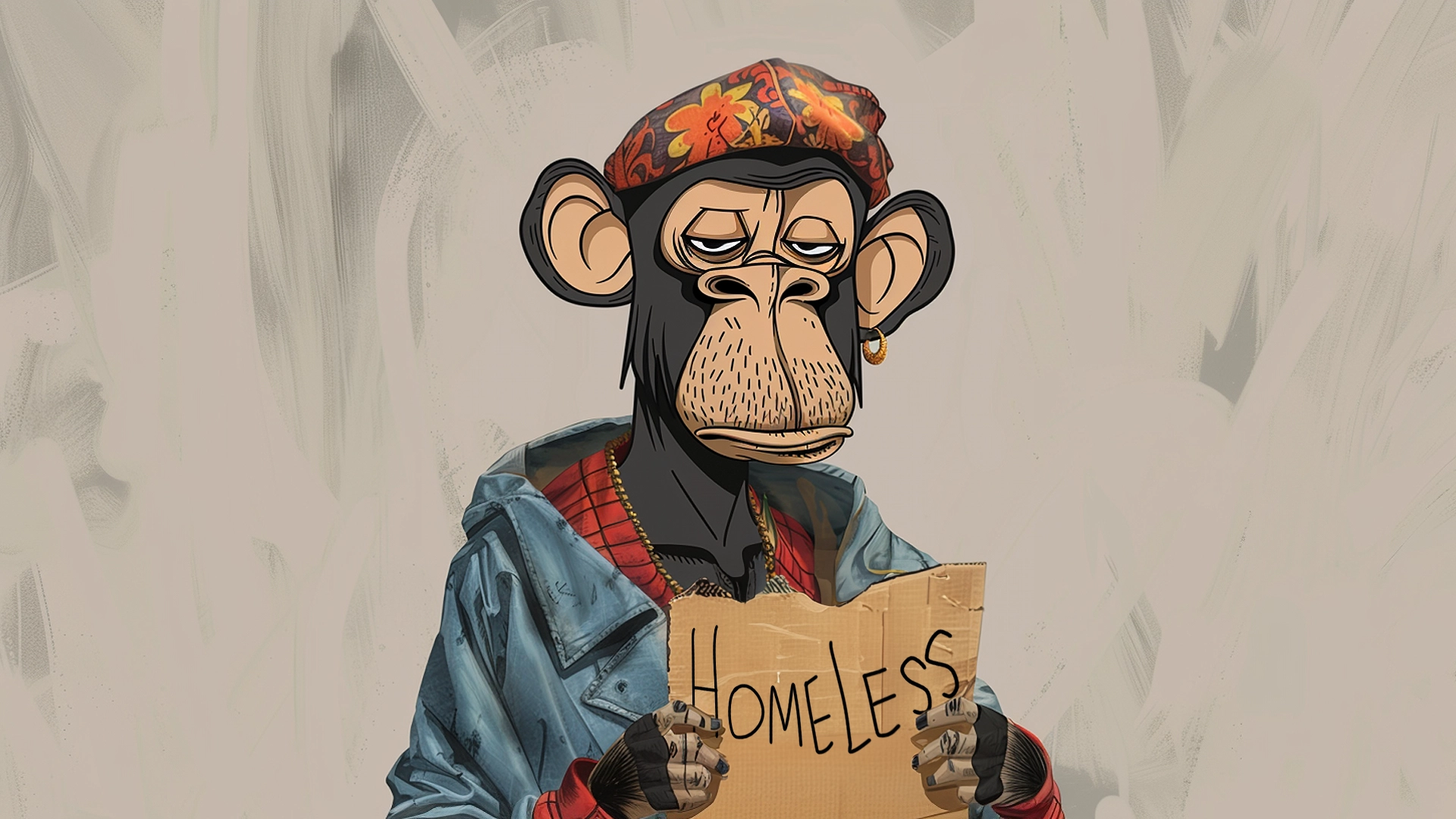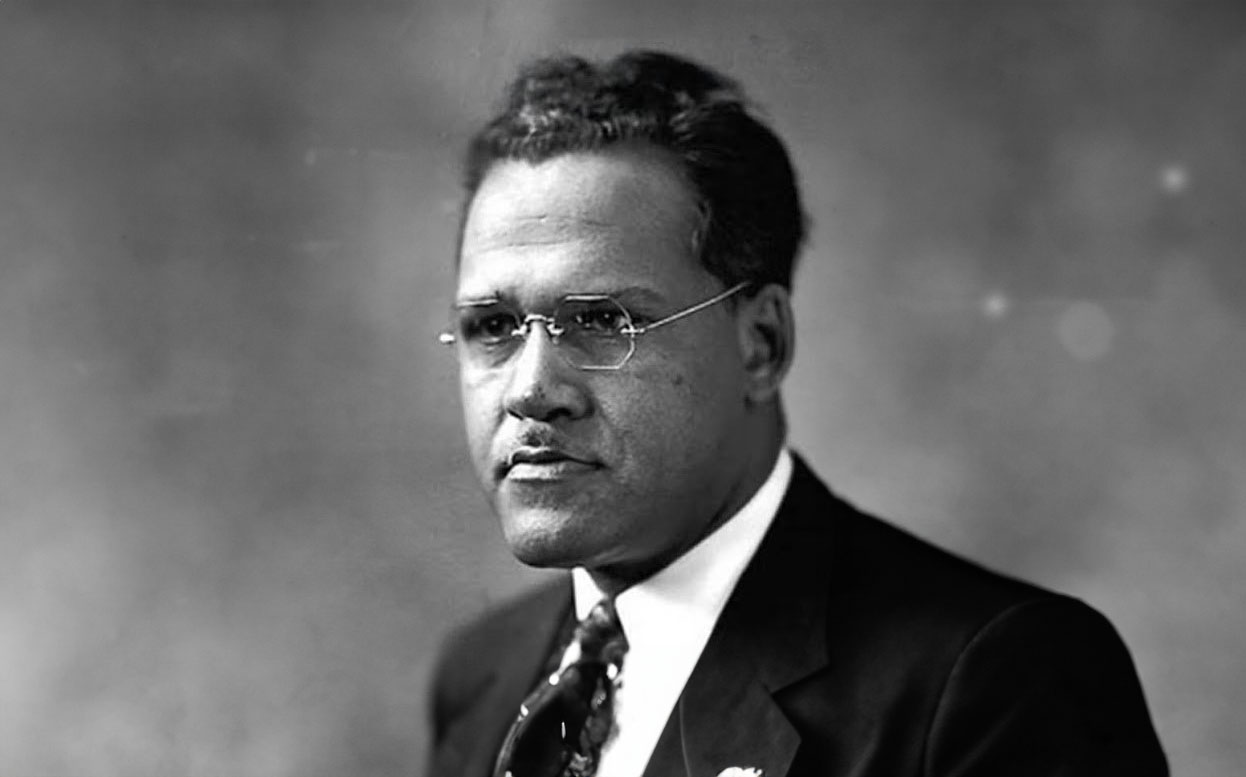
The Genesis and Zenith of NFTs
The rise of NFTs seized a cultural moment, drawing viral interest from digital artists looking to score on their next piece to financial mavens hoping to secure the next Holy Grail piece of art. Promising a new realm of digital exclusivity, these tokens offered a slice of cyberspace where replication was no more. To own an NFT was to hold something as unique as the Mona Lisa’s mysterious smile, navigating a world of digital rarity and ownership on an unchangeable public ledger.
Covid-19’s confines catapulted this trend, heralding digital ownership’s prestige. The rally wasn’t merely about possession; it was about belonging to an ephemeral moment, acquiring a slice of cyber status, and perhaps, making a savvy investment.
For creatives, this spelled a renaissance, birthing fresh avenues to profit off pixels and prominence. From virtual Van Goghs to digital doodles, NFTs were the new canvas for monetization and fame.
The Downward Spiral: An NFT Requiem
The narrative took a significant turn — the once resounding buzz around NFTs faded to a soft murmur. A post-pandemic return to pragmatism marked the beginning of a descent. The market, once vibrant and burgeoning with opportunity, became saturated, diluting the initial fascination and disturbing the balance of supply and demand.
Economic uncertainties further disentangled this fledgling domain. The financial hangover of the pandemic tightened wallets, and the cryptocurrency bedrock of NFTs began to crumble, dimming the previously glowing narrative of digital ownership. Despite these challenges, phenomena like the Bored Ape Yacht Club momentarily illuminated the unique crossover between digital assets and real-world privileges, offering holders not just ownership of unique digital art but also keys to exclusive events and circles. However, the tales of high-profile figures like Kevin Hart and Justin Bieber, who faced significant losses on their NFT investments, starkly illustrated that not even the allure of real-world exclusivity could insulate the wider NFT market from its fundamental challenges.
Deciphering the Downturn
This wave of digital disillusionment reflects the NFT phenomenon’s swift rise and the subsequent sobering recalibration. The story of the NFT market’s contraction is intertwined with broader disturbances in the tech and cryptocurrency sectors, characterized by rapid economic shifts and notable crises.
Catastrophes like Terra Luna’s implosion and FTX’s downfall weren’t just isolated incidents; they acted as ominous signals prompting a wider reassessment of digital asset values and investor confidence. These shocks to the crypto ecosystem underscored its inherent instability and cast long shadows over the once-promising NFT space.
The global economic downturn, with rising inflation and the cost-of-living squeeze, further curbed the once-ravenous appetite for speculative NFT investments. Transitioning from pandemic-induced digital enthusiasm to a more cautious financial environment exerted considerable pressure on the NFT market. The significant financial downturns experienced by celebrities in their NFT ventures highlighted the market’s inherent volatility and the speculative risks tied to digital asset investments.
The Prognosis: NFTs in a Post-Hype Epoch
Do NFTs have a heartbeat beyond the boom? Their future might be a silhouette of their former spectacle, yet with substantive shifts. Blockchain’s brilliance persists, with potential sprawling beyond art auctions to realms of rights management and “virtual realty”.
Take CryptoPunks—they hold value not just as tokens but as totems of an era, digital antiques heralding a new heritage. Such assets suggest a nascent stability, heralding a focus on utility over frenzy.
NFTs’ narrative is nascent but nuanced. Its renaissance might be restrained, rooted in real-world relevance and regulated rigor. As this space steps into sustainability, it could reforge its reputation, offering a saga not of a fall, but of a refined resurgence.







Leave a Reply